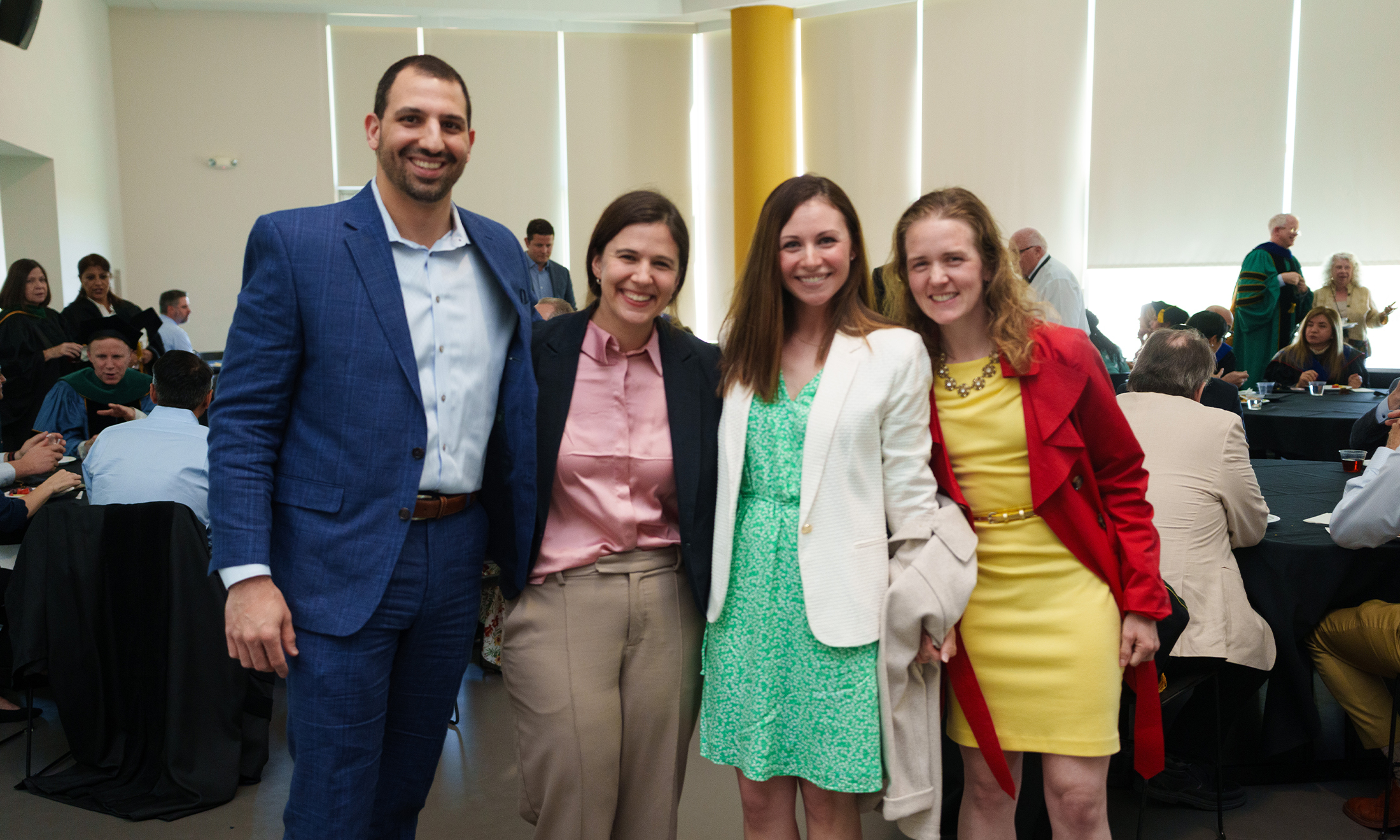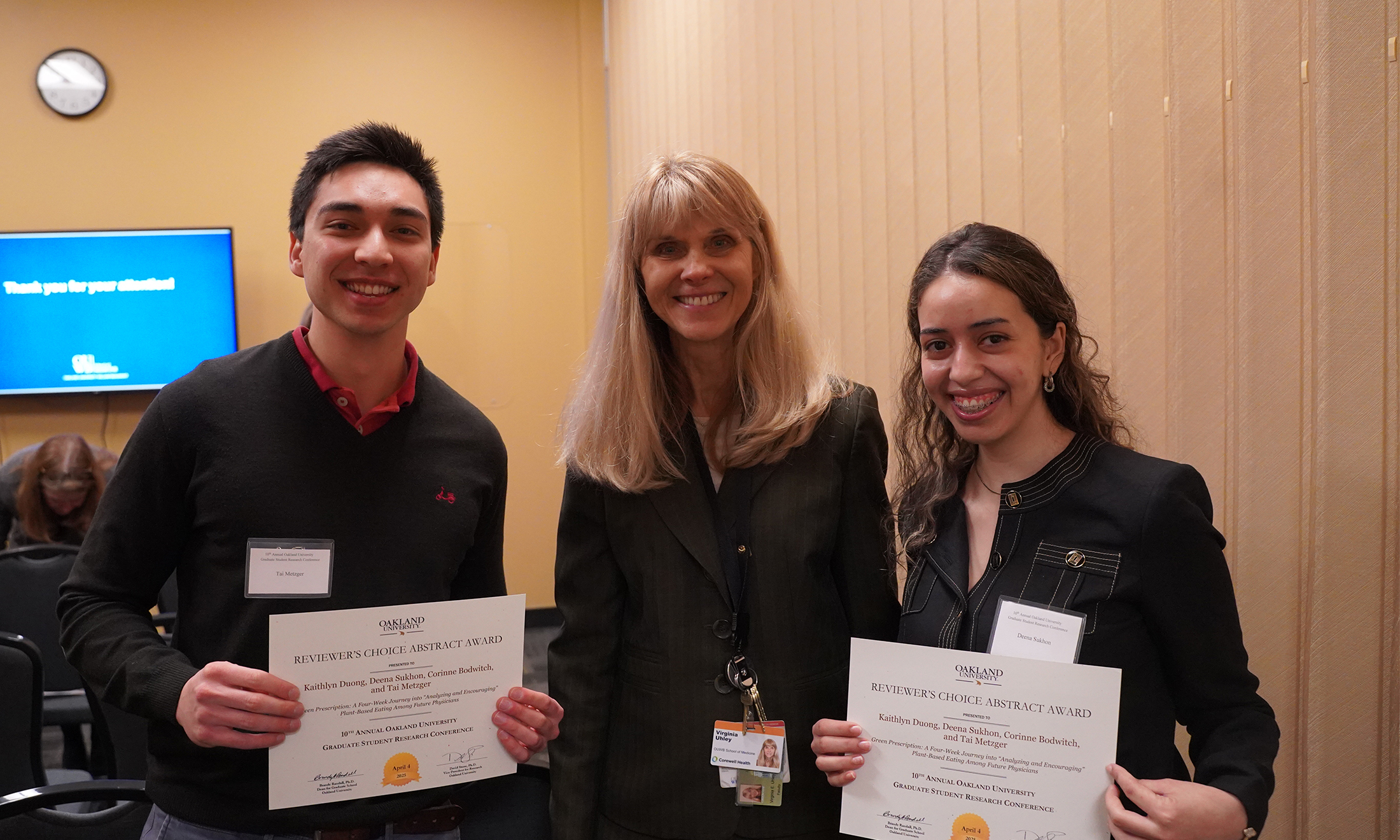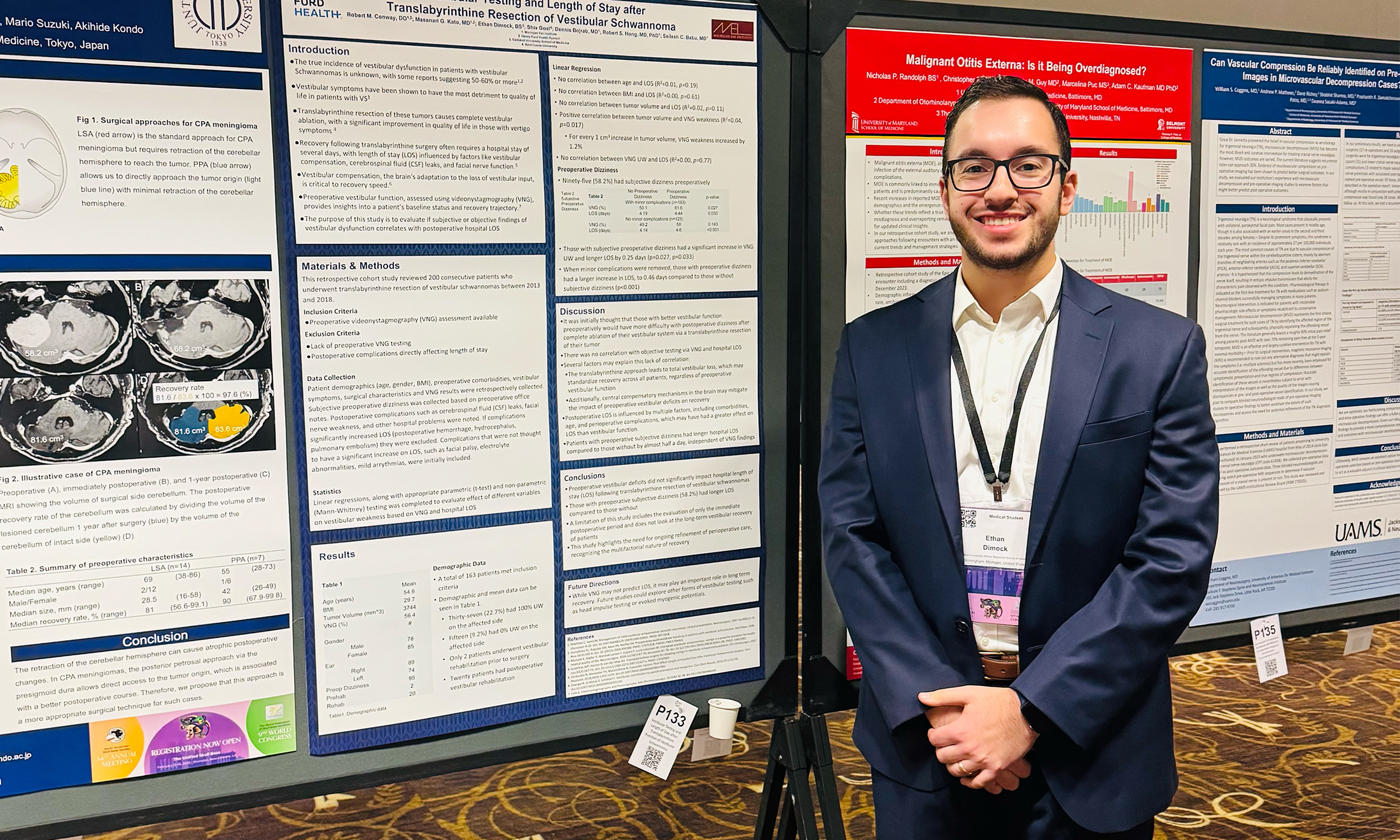‘A rare chance’
Medical school’s anatomy lab helps ready military medics for combat zones
Maj. Scott McCormick has been with the military for 17 years, but 2025 marked the first time he was able to train using a cadaver, thanks to OUWB.
And the timing couldn’t have been better.
McCormick is part of the Ypsilanti Township-based Army National Guard 1171st Area Medical Support Company.
When he and about 30 other military medics visited OUWB’s Anatomy Lab in March, they were just weeks away from deployment to a combat zone in the Middle East.
Until their visit to Oakland University in March, however, the medics’ training was mostly limited to simulations and models. Many of the medics had never performed tasks such as intubation on a real human body.
“We came here to apply what we’ve learned, which primarily has been in theory because we don’t get opportunities to work with cadavers,” said McCormick. “This is a rare chance to get a better idea of the anatomy associated with what we’re doing.”
McCormick called it “amazing” and “a great opportunity.”
“I’ve been in the military for 17 years and this is the first time I’ve ever had the opportunity to work in an anatomy lab and see it firsthand,” he said.
Paying it forward
OUWB’s anatomy lab is located on the campus of Oakland University, on the third floor of Hannah Hall.
The state-of-the-art lab opened in 2013, and provides for teaching human medical gross anatomy, neuroanatomy, microbiology, immunology, pathology, physiology and more.
The lab also provides space for interdisciplinary education with medical and physical therapy students and is used to teach physiology to undergraduate biology students. Further, there is a separate room used for advanced dissection.
It has more than 30 down-draft, stainless-steel tables — each with a donor who has generously gifted their body to medical education.
During the military medics’ visit, volunteer physicians oversaw four stations: airway; airway/breathing nasopharyngeal airway; circulation; and simulation.
Annie Dally, M.D., an emergency medicine physician at Corewell Health William Beaumont University Hospital, supervised the simulation station. She provided a fictional scenario where the medics had to respond to variables such as changing vitals and other factors.
Dally said she was in the U.S. Air Force for 10 years before she resigned as a captain to attend medical school. Helping military medics is something she calls “near and dear” to her heart.
“Part of our jobs as ER doctors is to train our pre-hospital medics in whatever form they come in,” she said. “Being former military, this is definitely extra important to me.”
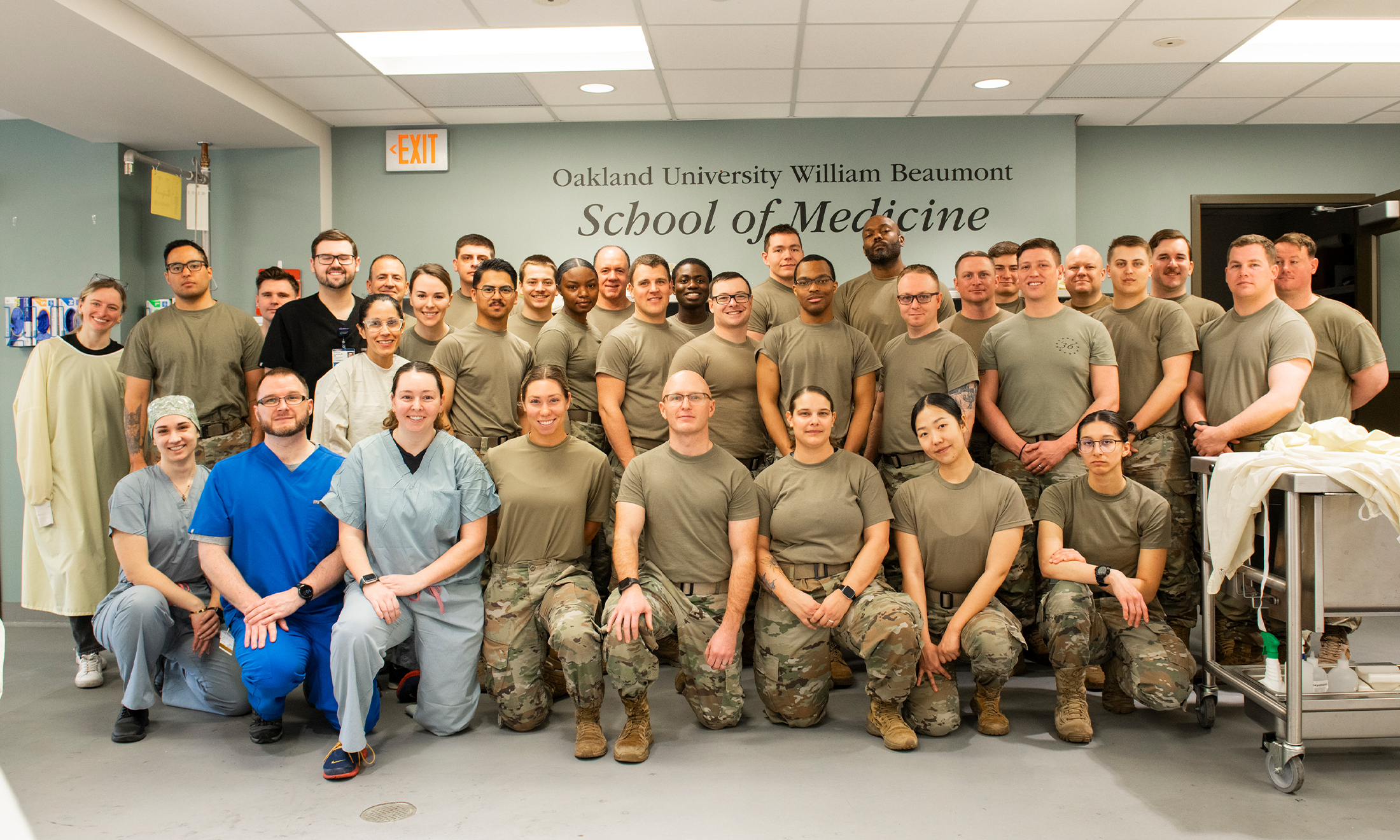 The military medics, OUWB students, and staff take a moment to pause for a photo during the event. The military medics, OUWB students, and staff take a moment to pause for a photo during the event. |
|---|
Military medics have visited OUWB’s Anatomy Lab for the last four years because of U.S. Army Capt. Elizabeth Carlson, M.D., OUWB ’25.
Carlson is part of the Michigan Army National Guard Medical Detachment and formerly of the 1171st company.
When she was a first-year medical student, she proposed to school officials the idea of using the OUWB Anatomy Lab for a special training session for military medics.
The reason?
“(Working with donors) is not something they normally get to do…it’s not a typical thing for the military,” she said.
Carlson said she kept with it for all four years because she felt a duty to pay forward what she learned as a medical student.
“I believe that a lot of our education and the resources that we’re given as medical students is meant to be shared and passed on,” she said. “We have this fantastic anatomy lab and these donors…I feel like their intentions were to be put to full use so that as many people as possible can learn from them.”
Another person who said he feels that way is Malli Barremkala, M.D., associate professor, Department of Foundational Medical Studies.
“It’s a great idea anytime we can utilize the donors who wanted to donate their bodies to science because they want to help people learn from them and better themselves,” he said.
Because the OUWB medical students have essentially already completed their lessons with the donors for the year, the session with the medics doesn’t interfere.
And it’s training they say is critical.
‘Excellent refresher’
Sgt. Miranda McMillan of the 1171st said that the medics typically will be the first to respond in an emergency. They need to be ready to help with airway, breathing, and circulation issues and be able to use splints, tourniquets and pelvic binders.
Being in the OUWB anatomy lab helped, she said, which is why she’s been part of the event more than once.
“What we learned is applicable to how we do our combat casualty assessment,” said McMillan. “It deepens our understanding of what we’re doing, why we’re doing it, and how we’re helping our casualty with our interventions.”
Spc. Ethan Young of the 1171st called it “an excellent refresher and opportunity” for he and his fellow medics.
Young expressed gratitude to OUWB
“We’re extremely grateful for the opportunity,” he said. “To be able to perform an actual (cricothyrotomy) or needle chest decompression in a situation like this is the best that we could honestly hope for.”
Looking ahead, Barremkala said the hope is to assess the efficacy of the training sessions and explore the possibility of opening the lab to other groups because he said the school receives many requests to do so.
Since OUWB recently launched its own body donation program, school officials will have more freedom to do so, he added.
“We are potentially planning to open the lab for others,” he said. “We want to keep moving forward and support more events like this.”
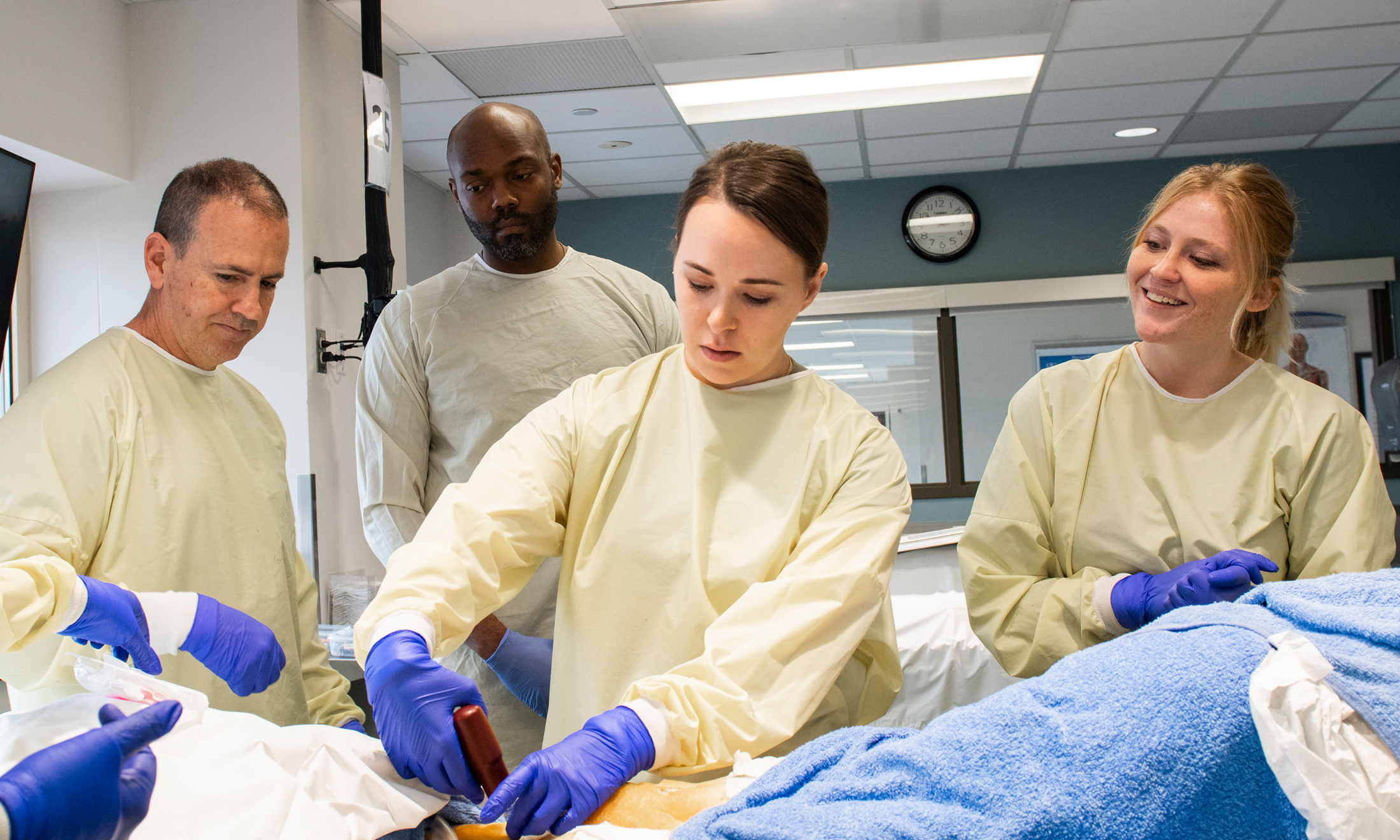
 July 15, 2025
July 15, 2025
 By Andrew Dietderich
By Andrew Dietderich